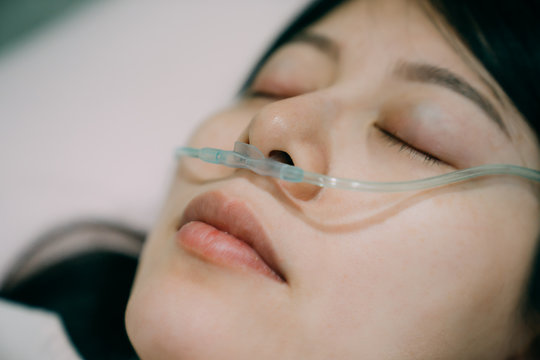
Image Source: Google
Respiratory care is a critical aspect of healthcare, especially for patients who have difficulty breathing on their own. One of the key tools that have revolutionized respiratory care is the breathing tube. This device has significantly improved the way medical professionals provide support to patients with respiratory issues. In this article, we will explore the benefits of using a breathing tube in respiratory care.
The Importance of Respiratory Support
Before diving into the benefits of using a breathing tube, it's essential to understand the importance of respiratory support in healthcare. The respiratory system is responsible for supplying oxygen to the body and removing carbon dioxide. When a patient's ability to breathe is compromised due to illness, injury, or surgery, it becomes crucial to provide external support to ensure an adequate supply of oxygen reaches the body's tissues and organs.
Conditions Requiring Respiratory Support
- Respiratory failure
- Chronic obstructive pulmonary disease (COPD)
- Asthma exacerbations
- Sleep apnea
- Post-operative care
The Benefits of Using a Breathing Tube
A breathing tube, also known as an endotracheal tube or ET tube, is a flexible plastic tube that is inserted through the mouth or nose into the trachea (windpipe) to help a patient breathe. Here are some of the benefits of using a breathing tube in respiratory care:
Improved Oxygen Delivery
- Ensures a direct path for oxygen to travel to the lungs
- Delivers a higher concentration of oxygen compared to traditional oxygen masks
- Helps maintain adequate oxygen levels in the blood
Protects the Airway
- Prevents aspiration of fluids or secretions into the lungs
- Reduces the risk of airway obstruction
- Allows for effective airway suctioning to clear secretions
Facilitates Mechanical Ventilation
- Connects the patient to a mechanical ventilator to assist with breathing
- Allows for precise control of respiratory parameters such as tidal volume and respiratory rate
- Suitable for patients who cannot breathe adequately on their own
Types of Breathing Tubes
There are several types of breathing tubes available, each designed for specific purposes and patient populations. Medical professionals carefully select the appropriate type of breathing tube based on the patient's condition and the required level of respiratory support. Some common types of breathing tubes include:
Endotracheal Tubes (ET Tubes)
- Inserted through the mouth or nose into the trachea
- Used for short-term ventilation during surgeries or emergencies
- Requires sedation for insertion
Tracheostomy Tubes
- Inserted directly into a surgically created hole in the neck (tracheostomy)
- Used for long-term ventilation in patients with chronic respiratory failure
- Allows for easier communication and oral care
Nasopharyngeal Airway Tubes
- Inserted through the nose into the pharynx
- Used for patients who require temporary airway support
- Less invasive compared to ET tubes
Challenges and Considerations
While breathing tubes offer significant benefits in respiratory care, there are also challenges and considerations that need to be addressed when using them. Medical professionals need to be aware of these factors to ensure the safe and effective use of breathing tubes in patient care.
Risks of Complications
- Increased risk of ventilator-associated pneumonia
- Potential for airway injury or damage during insertion
- Risk of accidental extubation
Patient Comfort and Communication
- Breathing tubes can cause discomfort and irritation in the throat
- Impede the patient's ability to speak or eat
- Communication barriers for patients with breathing tubes in place
Conclusion
Overall, the use of breathing tubes has revolutionized respiratory care by providing essential support to patients with compromised breathing. These devices play a vital role in ensuring adequate oxygen delivery, protecting the airway, and facilitating mechanical ventilation. While there are challenges associated with the use of breathing tubes, the benefits they offer in improving patient outcomes cannot be understated. Medical professionals continue to rely on breathing tubes as a key tool in managing respiratory conditions and providing critical care to patients in need.